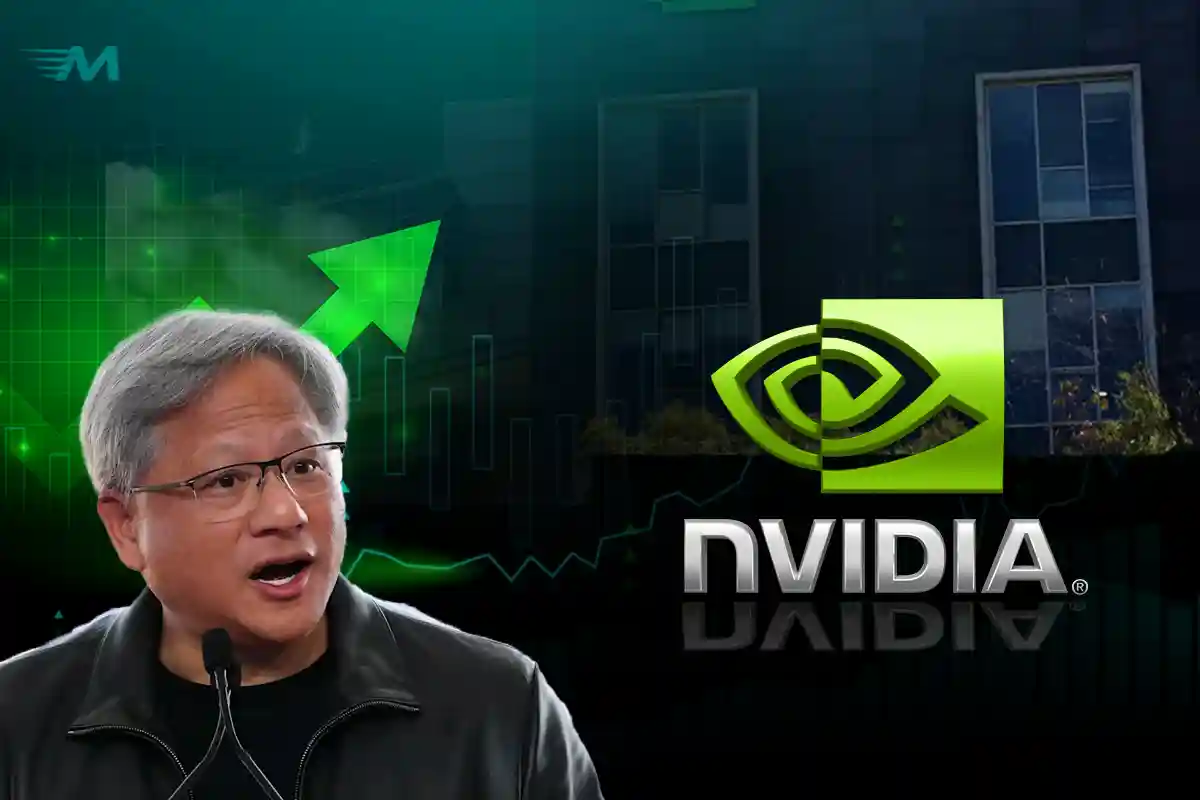Nvidia 4 Trillion Market Cap Milestone: First Public Firm to Achieve It
In a historic leap, Nvidia 4 Trillion Market Cap has stunned the global tech and financial world. This achievement is not just about numbers it highlights how AI has reshaped the industry, and how Nvidia leads this shift with unmatched innovation and dominance in AI hardware, making it a true giant in the age of artificial intelligence.
But how did Nvidia get here? And what does this mean for the future of technology, innovation, and investing?
How Nvidia Climbed to the Top: A Journey Fueled by AI
Nvidia started as a graphics chip maker, best known for powering high-end gaming PCs. But over the past few years, it has undergone a stunning transformation from a gaming GPU brand to the heartbeat of the AI revolution.
This transformation is now crowned by the historic achievement of the Nvidia 4 Trillion Market Cap, a milestone that reflects the company’s unmatched influence in the AI and semiconductor space.
At the center of this explosive growth is Nvidia’s dominance in AI hardware especially its H100 GPUs and the much-anticipated Blackwell chips which are essential for training large language models (LLMs) like OpenAI’s ChatGPT, Google’s Gemini, and Meta’s LLaMA. These chips have become the backbone of modern AI infrastructure, driving demand to record-breaking levels.
Nvidia’s quarterly earnings have repeatedly exceeded Wall Street expectations. Its data center segment, now the company’s primary growth engine, has witnessed exponential revenue gains powered by the AI boom that shows no signs of slowing.
The Nvidia 4 Trillion Market Cap stands as a testament to how integral the company has become in shaping the future of AI computing.
Investors aren’t just betting on Nvidia’s present; they’re buying into its future as the platform for AI computing.
Why the $4 Trillion Milestone Is a Big Deal
To put it in perspective: Nvidia’s market cap is now larger than that of Apple and Microsoft, the traditional kings of Big Tech. This is the first time a chipmaker has outpaced consumer tech giants in value.
But it’s more than a market headline.
This record valuation reflects:
- Surging global demand for AI infrastructure
- Growing enterprise adoption of AI across industries
- Nvidia’s strong execution and ecosystem advantage
The company’s early bets on AI, autonomous systems, and deep learning tools are now paying off massively. Its leadership, especially CEO Jensen Huang, is being credited for steering Nvidia into becoming what many call “the new Intel for AI.”
What Could Go Wrong? The Challenges Ahead
Of course, no growth story is without risk, and Nvidia is no exception.
- Valuation concerns: Some analysts argue Nvidia is priced for perfection. Any slip in growth or demand could hurt the stock.
- Growing competition: AMD, Intel, and even in-house chip developments from Amazon, Google, and Microsoft could eat into Nvidia’s dominance.
- Geopolitical risks: With U.S.-China tensions rising, chip export restrictions could affect global sales.
Despite these risks, Nvidia’s position remains strong. But it’ll need to keep innovating, stay ahead of regulation, and diversify its supply chain to hold onto the top spot.
Impact on the Tech and AI Ecosystem
Nvidia’s rise is not just a success story; it’s a signal.
The $4 trillion milestone marks a turning point in how we value technology companies. AI is now the most sought-after resource, and companies enabling AI, not just using it, are leading the charge.
Here’s what it means for the wider industry:
- AI startups are more motivated than ever to build on Nvidia’s platform
- Semiconductor investments are set to rise globally
- Enterprises and governments are racing to secure access to AI chips
- Stock markets are now heavily influenced by AI-driven growth expectations
In short, Nvidia’s growth is fueling the broader AI economy.
What’s Next for Nvidia?
Having hit $4 trillion, the natural question is: What now?
Here are some key directions Nvidia may explore:
- Expanding beyond chips: Into AI software, enterprise tools, and cloud platforms
- More partnerships: Especially in AI healthcare, autonomous vehicles, and robotics
- Global reach: Setting up more infrastructure to meet growing worldwide demand
If the company continues to deliver and adapt, some analysts believe Nvidia could become the first $5 trillion company a title previously unthinkable for a chipmaker.
Conclusion:
Nvidia’s historic achievement isn’t just about a market cap. It’s about what’s powering that growth, the belief that AI is not just the future, but the present.
By becoming the first company to cross $4 trillion in market cap, Nvidia has solidified its status as the engine behind the AI revolution. Whether you’re a tech founder, investor, student, or just someone curious about the future, this moment matters.



